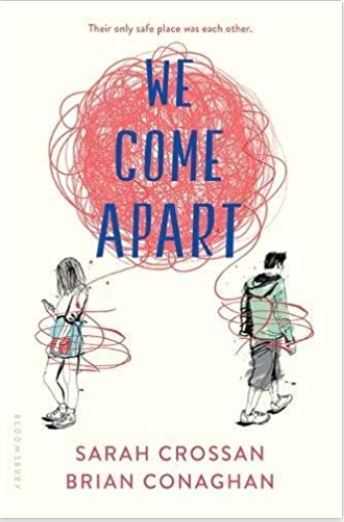April is Autism Acceptance Month and National Poetry Month
We’re coming to the end of a busy 30 days! Before April ends, let’s talk about that complex developmental condition know as Autism Spectrum Disorder. The World Health Organization estimates that about one in 270 individuals have an ASD. It affects people in all socioeconomic and racial groups. IThe CDC offers more information and details. There are currently over 7.8 billion people in the world so, if you do the simple math, you get a big number. I’m sure you know people on the spectrum: classmates, coworkers, friends, family members. So, it’s very important to be able to talk about autism, working with its challenges, appreciating the gifts of individuals on the spectrum, and being inclusive of people with developmental disabilities. For me, that also means reading and writing about it. So, in celebration of autism acceptance month, let’s talk about this developmental disabiliy in teen fiction.
Four Young Adult Novels About Autism: Four Diverse Literary Approaches
As I noted in my National Poetry Month post, the best books I read have a special synergy between story and form. To wit, herewith four YA novels that explore ASD from different viewpoints, with different core plots, and employing different literary forms and techniques. These books are as diverse as they are compelling (and one’s in verse!). Take a look at…
How I wrote THE SOUND OF LETTING GO: Verse Novels, Jazz, and Autism
I spent many months researching autism for my second novel, The Sound of Letting Go. I read psychiatric and medical journals, interviewed doctors, social workers, caregivers, and families with members on the spectrum. Then, I reached out to autism education and advocacy organizations and had my manuscript beta read by people at both Autism Speaks and the Autism Society of America. In sum, my experience writing this work of contemporary fiction involved learning a lot of facts.
Once armed with research, character worksheets, and my story idea, the search for form began. It ultimately took interviews with a child prodigy trumpet player to lead me to Miles Davis’s iconic KIND OF BLUE. To create this studio album, Davis eschewed the chord structure of bebop jazz in favor of giving each member of the sextet a set of scale parameters (modes). Thus, his musicians had to turn to rhythm, melody, even emotion to create their improvisations, limited only by the parameters of scale (a sense of where they needed to end up). In the music and its history, I felt parallels to the “rules” (their limitations and opportunities) of living with a family member on the spectrum, of friendships and love relationships, of learning to play and instrument, and (of course) of writing in verse.
When Your Book is On Those Lists
It makes me very happy to see THE SOUND OF LETTING GO on recommended book lists for both verse novels and neurodiversity (links are examples). It’s enjoyed YouTube librarian reviews. It’s even listed as a resource for the Girl Scouts Autism Awareness Patch. And it is always inspiring to hear from readers for whom Daisy and Steven’s story has made them feel less alone. But the journey is not over. Let’s continue to read, write, and talk about autism acceptance every month of the year.






